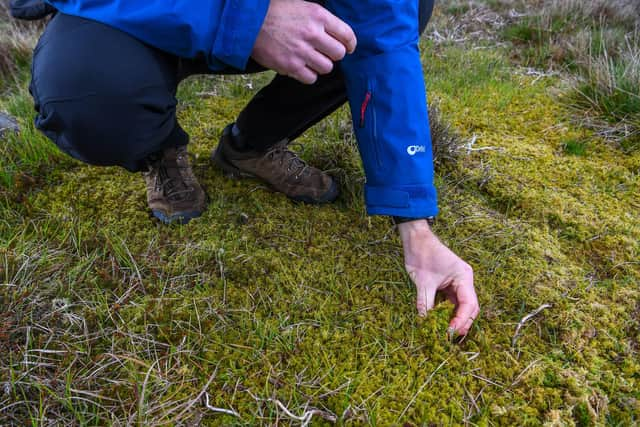How the Government's plans for 'Investment Zones' could put nature at risk - Olivia Blake
The Government’s lethargy on meeting emissions targets is matched by its failure to protect our natural environment. The restoration of nature is an integral part of addressing the climate emergency. Habitats such as peatlands and woodlands are vital carbon sinks which capture and store CO2, preventing it from heating the atmosphere.
Nature can also furnish solutions to flooding, mitigating the dangers baked into the climatic changes we have already seen. For example, healthy peatlands can stall the flow of surface runoff, helping to prevent floods further down the valley.
Advertisement
Hide AdAdvertisement
Hide AdBut nature in the UK is in freefall. Since the 1970s the UK has lost 41 per cent of its species. Underfunded and under-resourced, our designated protected areas are in a state of disrepair. Only 7 per cent of our native woodlands are in good ecological condition, none of our rivers, and rather than storing CO2, the poor quality of our peatlands mean they emit it, making the climate crisis worse.


Instead of reversing the decline, the Government has pledged only to halt it by 2030. Despite this unambitious target, a raft of recent decisions look set to take us backwards.
One of the only measures to have survived September’s disastrous mini budget has been the proposals for ‘investment zones’. Exactly how they’ll work is unclear but the Government has trailed them as ‘sites [that] will benefit from tax incentives, planning liberalisation, and wider support for the local economy’. Worryingly, the guidance says, ‘in Zones, the planning system will not stand in the way of investment and development’.
The extreme relaxation of planning rules puts the Government’s ostensive commitment to the 2030 target into jeopardy. The guidance is clear that policy on the Green Belt will continue to apply, but a holistic approach should embed nature restoration everywhere – not just in already designated areas. That’s why the Environment Act included provisions on biodiversity net gain for all new developments.
Advertisement
Hide AdAdvertisement
Hide AdIf you were wondering how the Government is going to halt the decline of nature as they allow developers to tear up planning regulations designed to support it, you are not alone, Ministers are baffled too.
The Government’s Environmental Land Management Scheme (ELMS) was designed as a new way of supporting farmers following Brexit and our withdrawal from the EU’s Common Agricultural Policy. After years in development, the scheme rewards farmers for nature restoration and environmentally sustainable farming.
But now the scheme is being put under review. Responding to rumours it would be scrapped, Defra issued a carefully worded statement which said that ‘claims we intend to go back on our commitment to the environment are simply not right’. There’s no mention, here, of ELMS itself – only a nebulous statement of principle.
The pattern is the same – offer reassurances about the Government’s strong commitment to nature and the environment without any concrete indication of what that means in practice, all while tearing up the protections that do exist.
Nature isn’t just nice to have. The climate and nature emergencies are two parts of the same existential crisis facing us.
Olivia Blake is MP for Sheffield Hallam and a former Shadow Minister.